The New LaGuardia Airport: Not Functional, Not Inspiring, Not an Icon
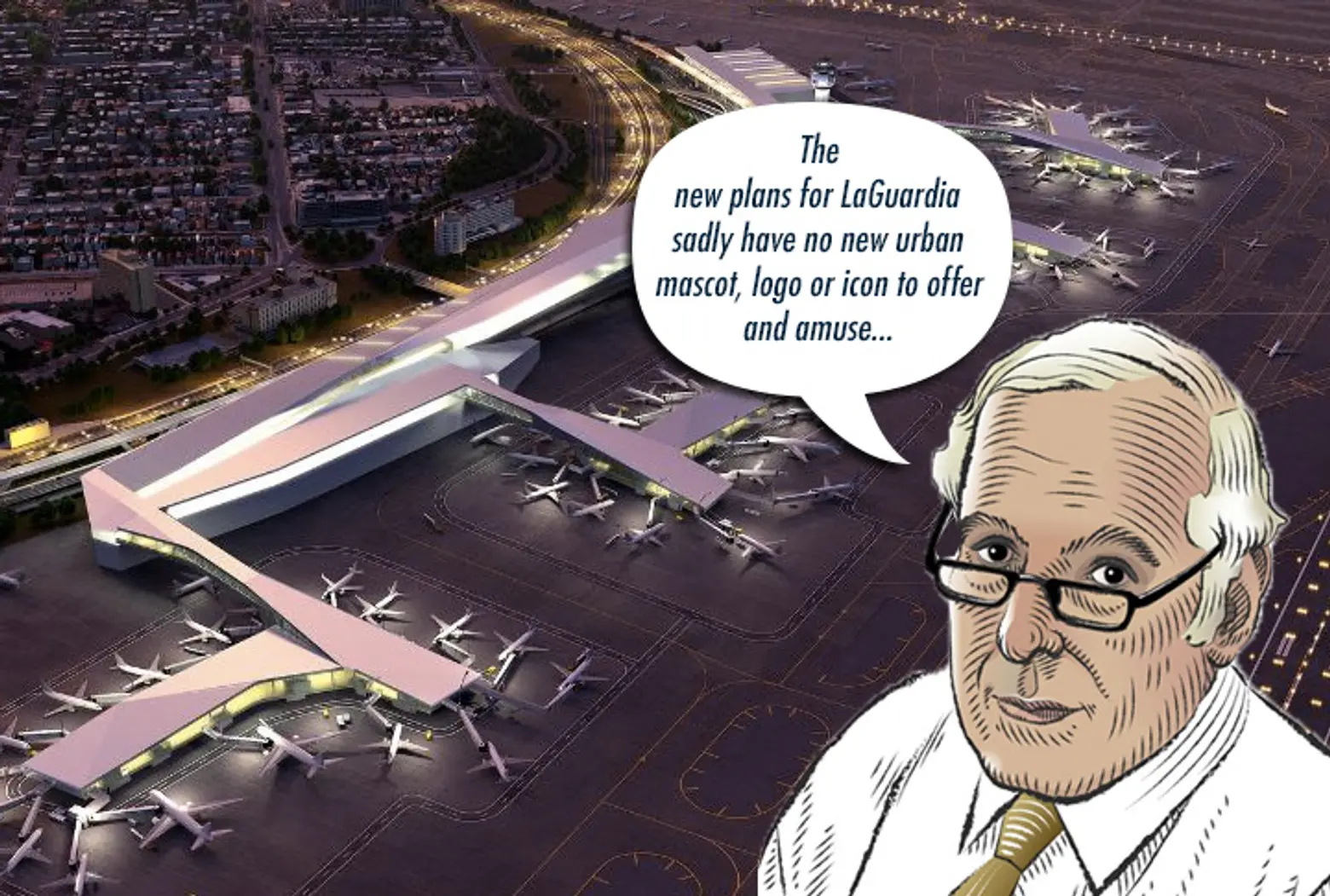
Carter Uncut brings New York City’s breaking development news under the critical eye of resident architecture critic Carter B. Horsley. This week Carter looks at the new $4 billion LaGuardia airport proposal.
The recent announcement by Governor Cuomo and Vice President Joe Biden of plans to “rebuild” La Guardia Airport at a cost of $4 billion was described in a Page One caption in The Post as “the end of an error,” a reference to the airport’s reputation that became tarnished over the years. Last October, Biden remarked that if someone had taken him to LaGuardia, he’d think he was in “some Third World country.”
Since its opening in 1939, when it accommodated “flying boats” at its Marine Air Terminal, the airport has not kept up with the growth of jumbo jets and air travel in general, but in the days of the Super Constellation passenger planes with their triple-tails and sloping noses, it was a very nice Art Deco place.
The published renderings that accompanied the announcement were not terribly reassuring, as they depicted a very long curved terminal with gangly tentacles raised over plane taxiways that hinted at torsos of praying mantises: an awkward rather than a graceful vault.
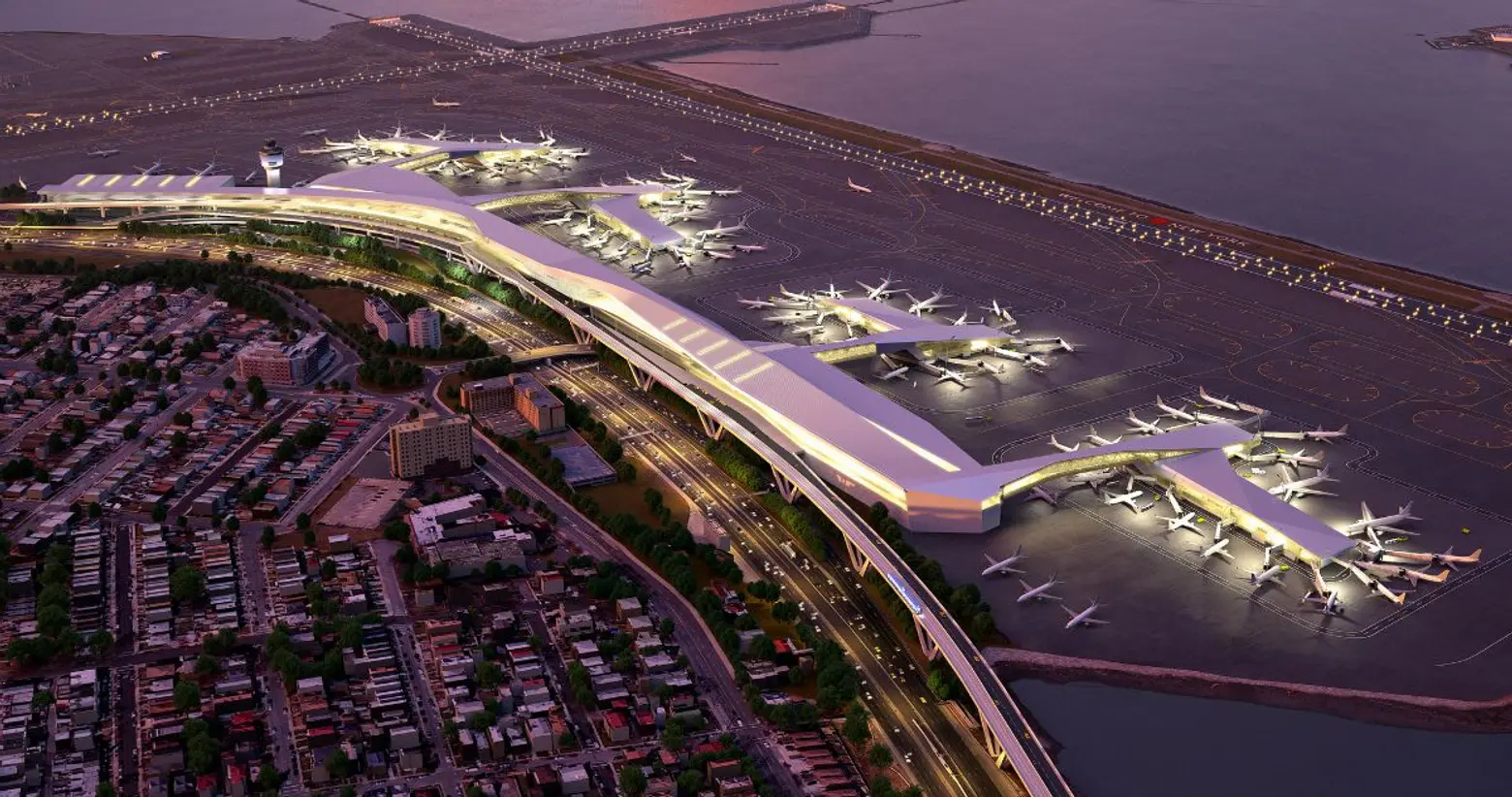
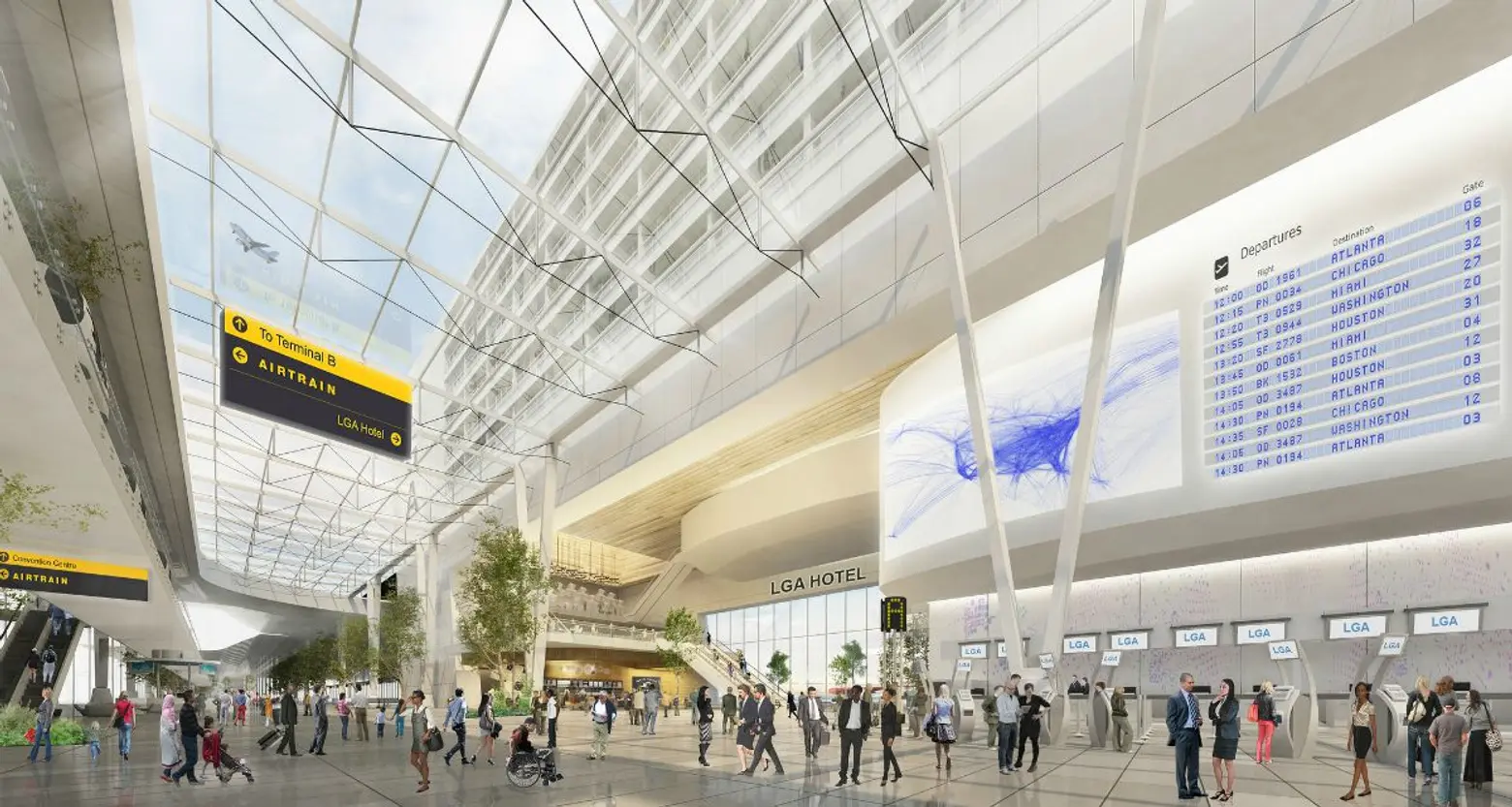 The new plan may include 200-room “boutique” hotel and AirTrain connection
The new plan may include 200-room “boutique” hotel and AirTrain connection
The design is especially lackluster and uninspired when compared to many new 21st-century airports in Beijing, Shenzhen and Shanghai Pudong in China, Madrid, Incheon, Amman, Abu Dhabi, and Doha in Qatar (you can see these in my gallery below). It even falls short when compared to JFK with its great Saarinen TWA terminal and LAX’s “flying saucer” restaurant suspended from two large arches at the entrance—the West Coast airport later further spruced up in 1991 with 15 super landing lights that use high-tech, thirty-foot-high pylons that cycle through a rainbow of colors celebrating the city’s multicultural make-up.
No, the new plans for LaGuardia sadly have no new urban mascot, logo or icon to offer and amuse, not even a Jeff Koons “Puppy.”
In a July article in the Financial Times, Edwin Heathcote observed: “Who the hell wants to spend any more time in an airport than they have to?” Adding that “people dislike being in airports…No matter how luxuriously appointed, everyone wants to escape as soon as possible.”
That probably pretty accurately describes the attitude of many business travelers, but not everyone, especially the young on initial adventures and the feisty curious for new horizons. For them, the magic carpet of travel is wondrous and wonderful and very special—or at least it should be.
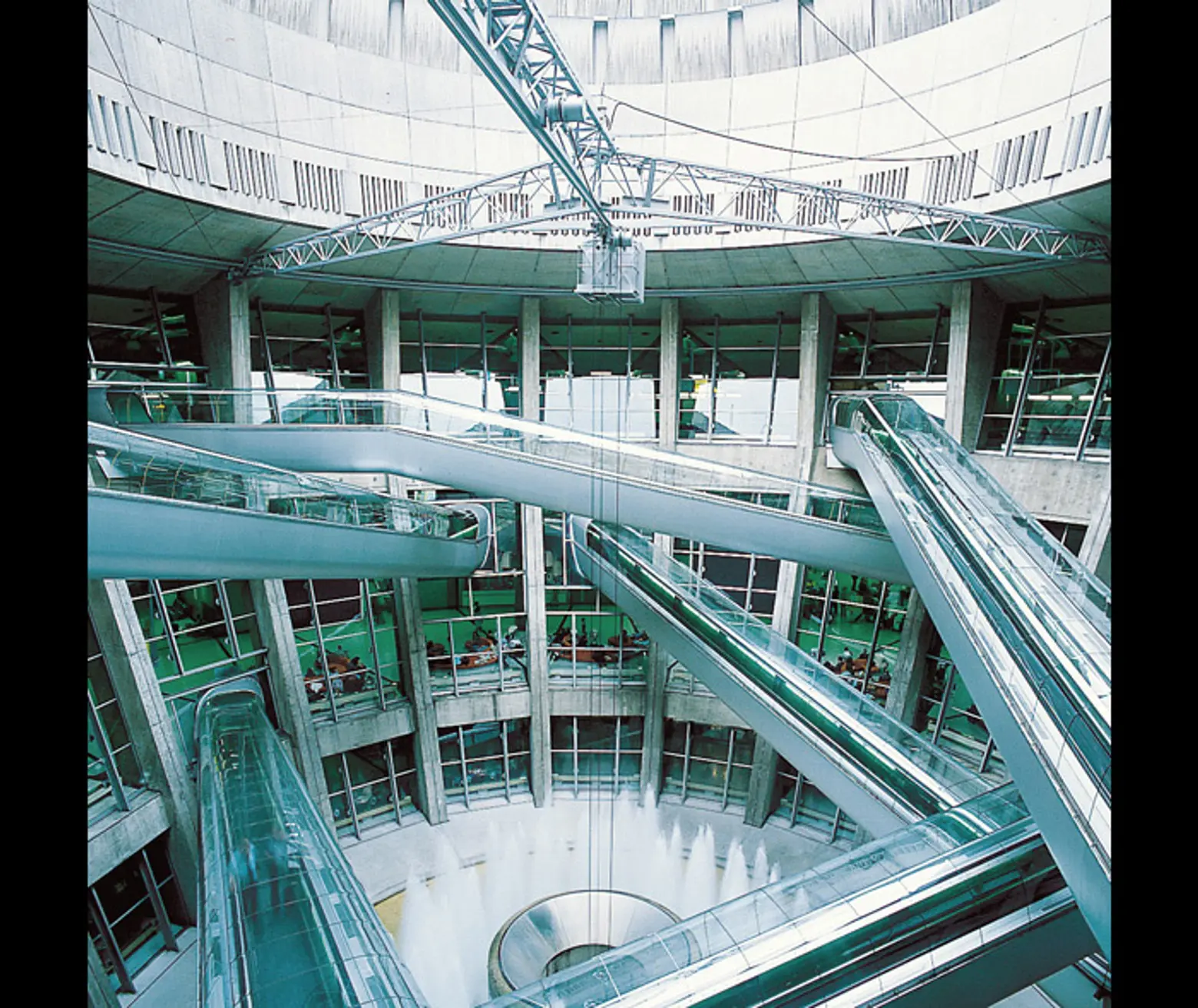 Paul Andreu made an aviation architecture name for himself when he crisscrossed escalators in the new Charles de Gaulle airport near Paris
Paul Andreu made an aviation architecture name for himself when he crisscrossed escalators in the new Charles de Gaulle airport near Paris
One should remember the awesome spectacle of Paul Andreu’s design of crisscrossing many escalators in a large atrium at the Charles de Gaulle airport near Paris, a harbinger of the taxicab-congested skies in Ridley Scott’s great movie “Bladerunner,” a reminder of the urban skyways in Fritz Lang’s incredible movie, “Metropolis,” and a fine set for a remake of “Star Wars.”
An airport should transport. It should set off our imagination’s rockets. It is the start of grand adventures. Up, up, away!
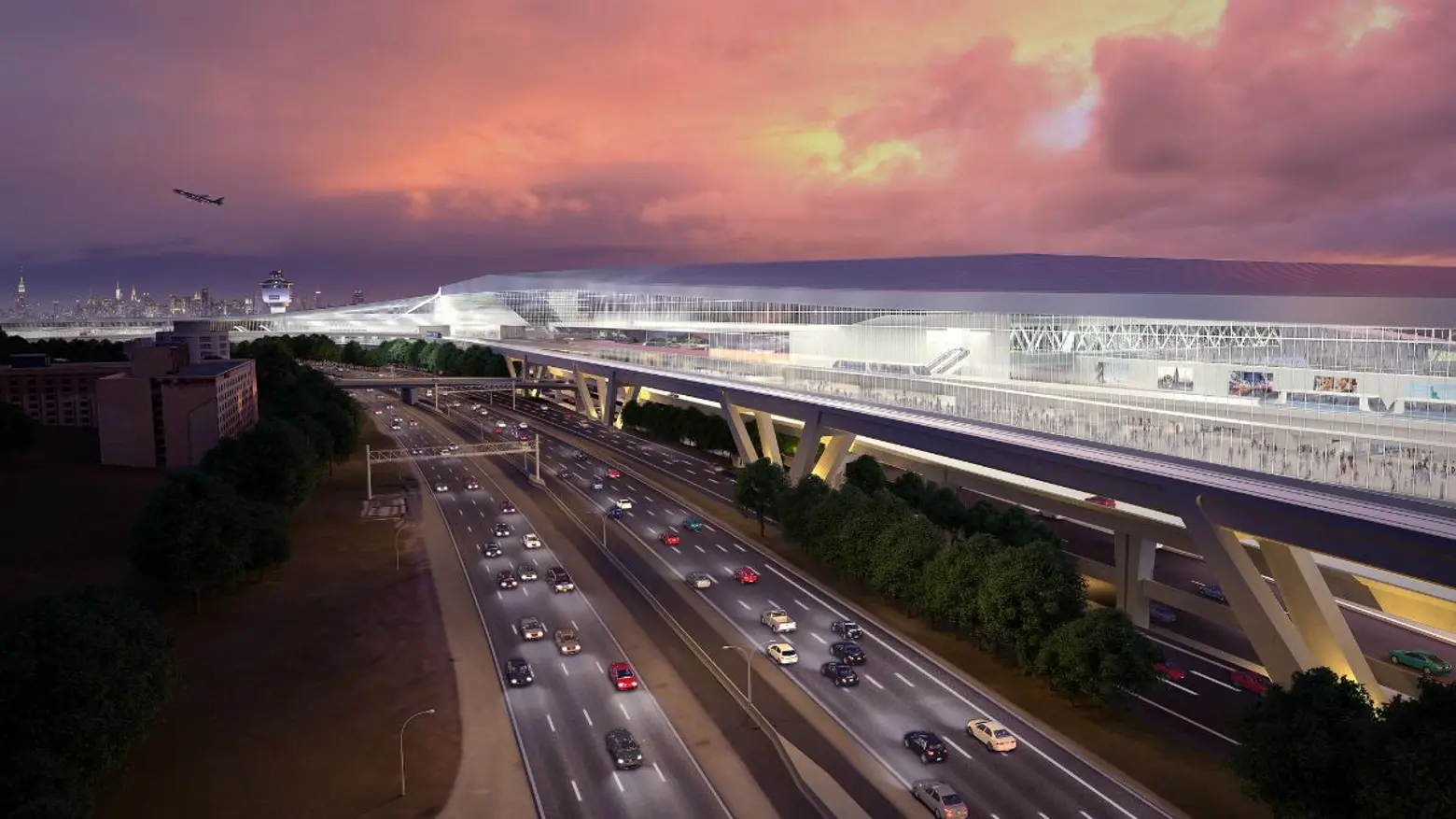
“The New LaGuardia” report of the Airport Advisory Panel did offer a glimmer of hope for improved transportation to and from the airport in terms of an Air Train connection to the existing subway station at Willets Point. Details, however, were lacking and clearly this was not the non-stop solution to and from the center of the city—an obvious solution that has been employed in several other major cities. (So what if it might cost an extra million or two?)
Meanwhile, other transportation concerns were being raised about the need for new rail tunnels under the Hudson River. Both the airport and tunnel plans are very expensive and very ambitious and they, and other important planning issues, such as a subway link from Times Square to the Hudson Yards, and the impact of the Hudson Yards on the Garment Center and Lower Manhattan, and the recent emergence of “supertall” alleys at the southern boundary of Central Park South and the west side of Grand Central Terminal have received very scant public scrutiny. Clearly, there is a vacuum of planning leadership, one that began in the Bloomberg administration and continues in the DeBlasio administration. The horses are stampeding out of the barn, trampling most basic principles of city planning and, more important, aesthetics.
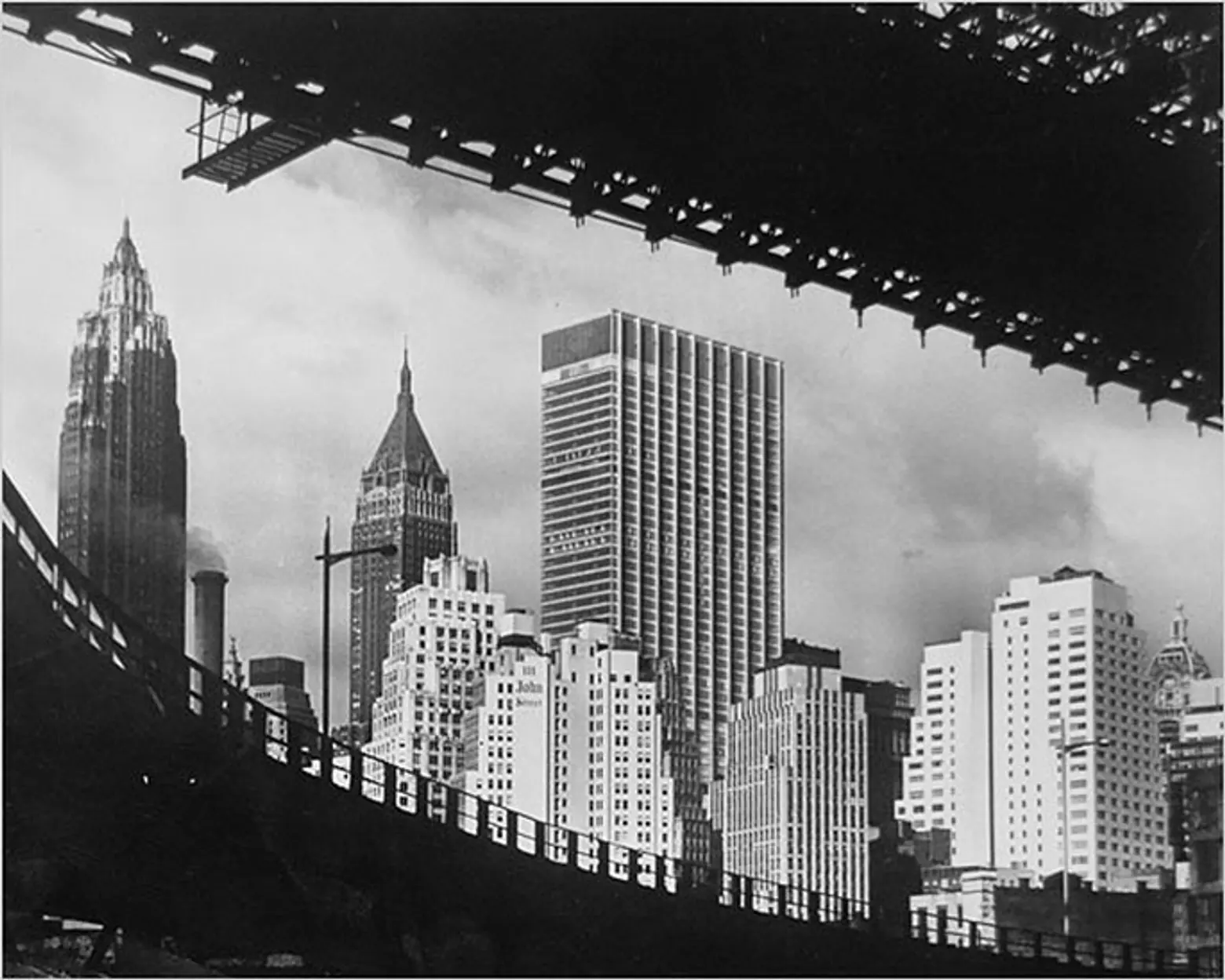
There was a time in the early 1930s when the Lower Manhattan skyline excited the world wildly with its spindly towers rising to an apex almost in the center. That image held fast until the 1960s when One Chase Manhattan Plaza arose like the monolith in “2001: A Space Odyssey” to confound most observers, to be followed, relatively quickly, by the shiny and silvery twin peaks of the World Trade Center that tilted the urban scape sharply towards New Jersey.
There was also a brief time when megastructures were in vogue, when Japanese architects ignited brave new worlds of wonder with rather glorious designs. Such a scheme was once proposed for the Hudson River waterfront of Lower Manhattan before the city’s design experts opted for a more conventional approach that aped existing patterns of piecemeal and quite modest development that resulted in the very nice but rather bland Battery Park City.
Today in New York, the rise of the NIMBYism has made megastructures virtually impossible. Who wanted humongous structures sprawling across their low-rise horizons with no semblance of respectable, middle-class context?
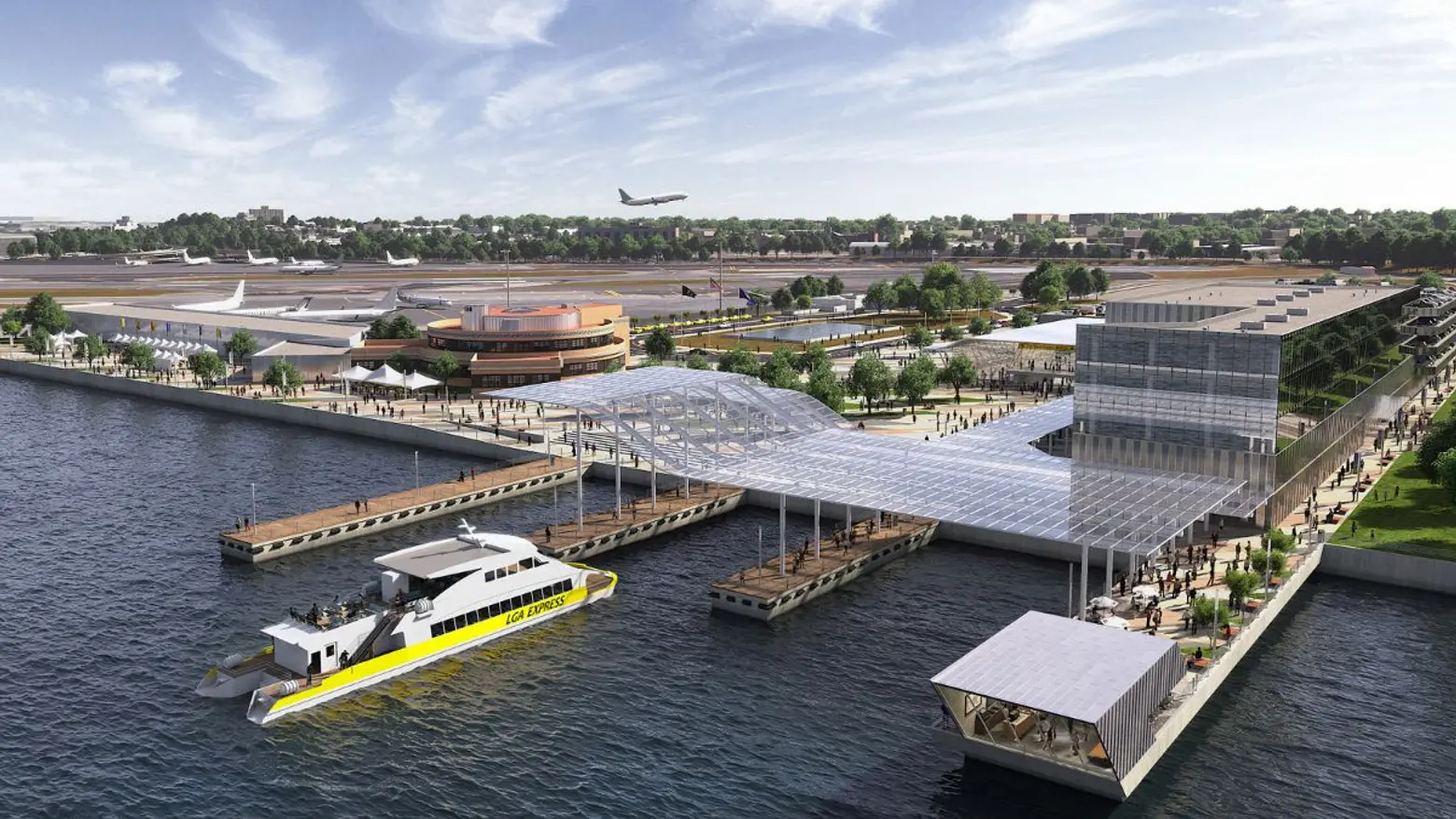 The new plan moves terminal 600 feet closer to Grand Central Parkway with pedestrian bridges vaulting over new “taxiways” for planes
The new plan moves terminal 600 feet closer to Grand Central Parkway with pedestrian bridges vaulting over new “taxiways” for planes
Now, let’s return to LaGuardia.
In its report, the Airport Advisory Panel maintained that the airport is “synonymous with cramped, dilapidated facilities ill-equipped to meet the demands of today, much less the demands of the future,” adding that “For far too long, LaGuardia has been subjected to underinvestment and sporadic and piecemeal development with no overarching vision or plan on what the airport should be.”
To address this, the new LaGuardia design has been taken on by three architectural firms: SHoP and Dattner Architects, both well-known and respected firms, and PRESENT Architecture, a young firm. The press materials did not indicate what each firm has designed. The plan, it should be noted, outlines a megastructure; it calls for demolishing Terminal B and redeveloping Terminals C and D, which are operated by Delta, into a “unified” continuous terminal about 600 feet closer to the adjoining Grand Central Parkway to create nearly two miles of additional aircraft taxiways and to add an Airport People Mover and conference center facilities. In addition, the plan calls for ferry service to the Marine Air Terminal and, if feasible, to the east end of the airport, and the accommodation of a future AirTrain.
A July article by Jack Nicas and Susan Carey in The Wall Street Journal said that while the plan “would make for a nicer experience for fliers, it likely would do little to alleviate the congestion in New York’s skies or beyond, aviation analysts said.”
The article said that “experts were skeptical the redesign would do much to reduce delays, because aircraft will still be waiting in line on the tarmac to take off from the airport’s same two runways.” It quoted Robert Mann, an airline consultant, as stating that “at the end of the day, they’re not taking off or landing any faster.”
The panel said it supports Cuomo’s vision to bring rail service to LaGuardia from Willets Point, adding that “given the densely populated communities surrounding the airport, the panel recommends that the Port Authority and the MTA work with the community to conduct the necessary evaluation and planning to determine the best method and route for rail service to LaGuardia that minimizes community impacts.”
Cuomo and Biden deserve credit for putting LaGuardia on the public agenda, but the plan needs tuning. Perhaps Rem Koolhaas should be invited to join the architectural team to jazz up the terminal? Most important, however, is the need for a non-stop ground transit plan to Midtown, preferably rail and not a patchwork, add-on solution if we are not to fall away from the opportunity to avoid remaining a “Third World city.”
Queens deserves better. And, more importantly, the city deserves an airport that is not agonizingly distant, uncomfortable and uninspiring.
We need places we can be proud of. And if not now, when?

Carter is an architecture critic and the editor and publisher of The City Review. He worked for 26 years at The New York Times where he covered real estate for 14 years, and for seven years, produced the nationally syndicated weeknight radio program “Tomorrow’s Front Page of The New York Times.” For nearly a decade, Carter also wrote the entire North American Architecture and Real Estate Annual Supplement for The International Herald Tribune. Shortly after his time at the Tribune, he joined The New York Post as its architecture critic and real estate editor. He has also contributed to The New York Sun’s architecture column.
RELATED:
Interested in similar content?
Leave a reply
Your email address will not be published.
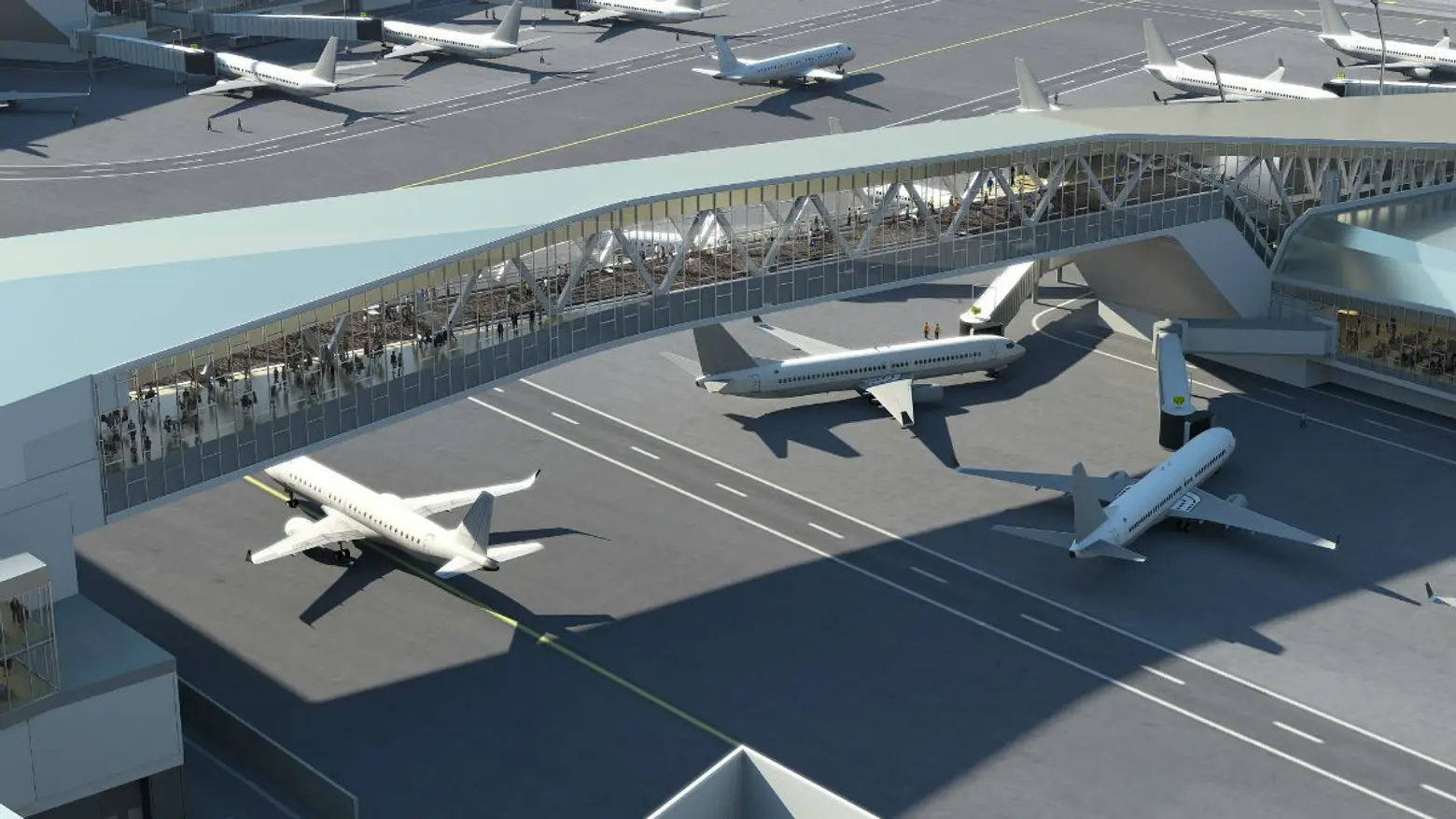
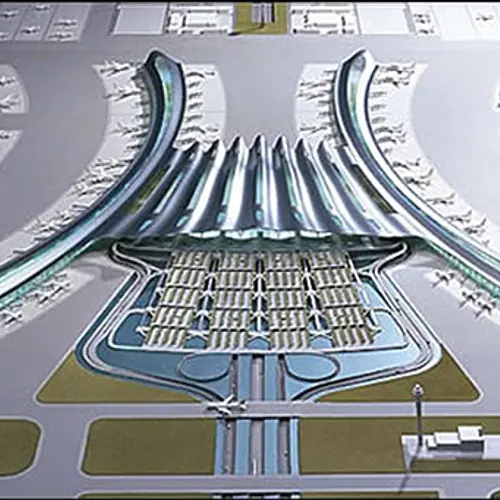
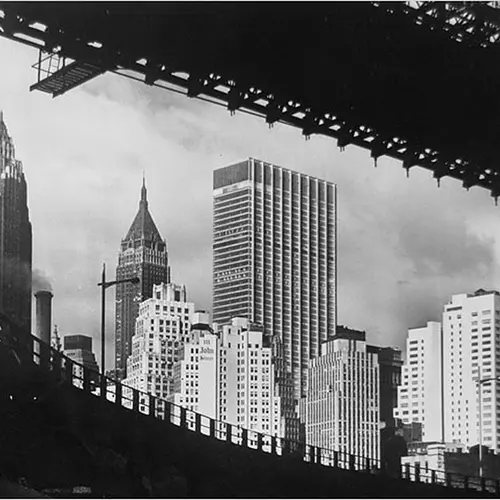
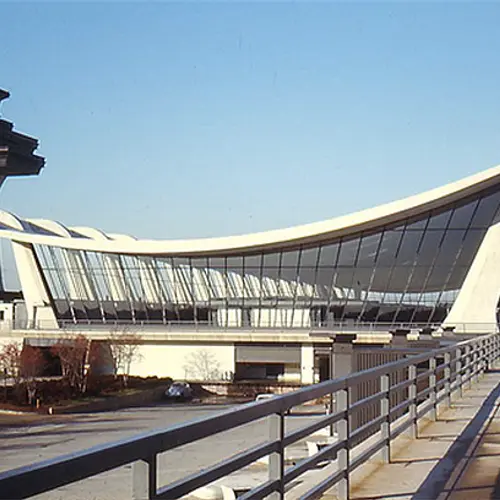
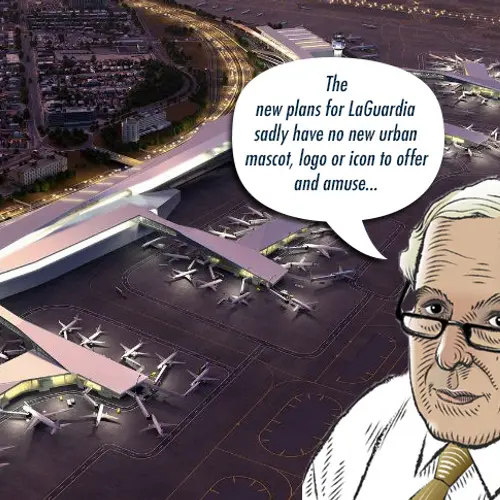
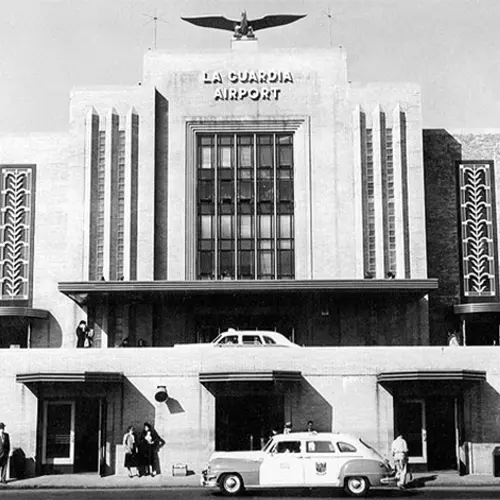
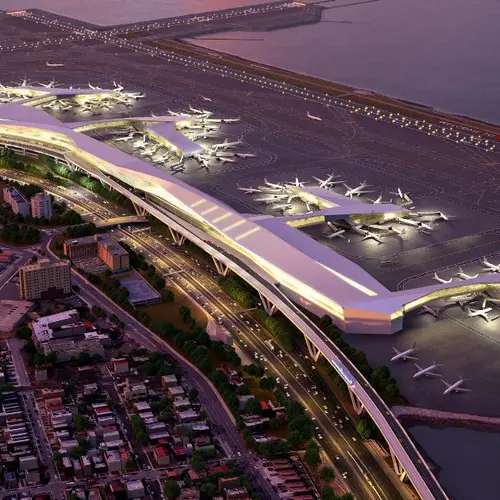
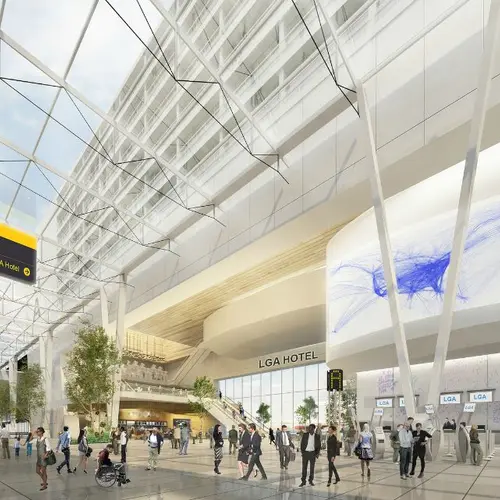
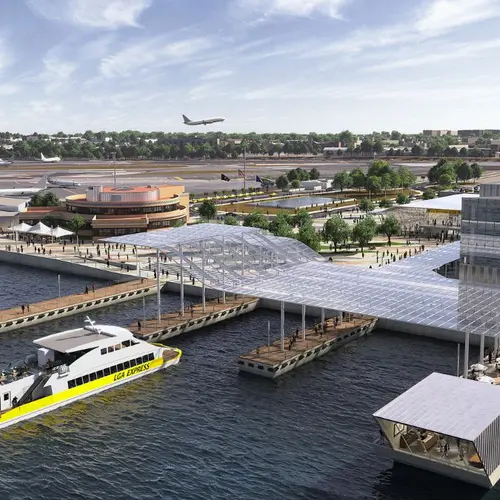
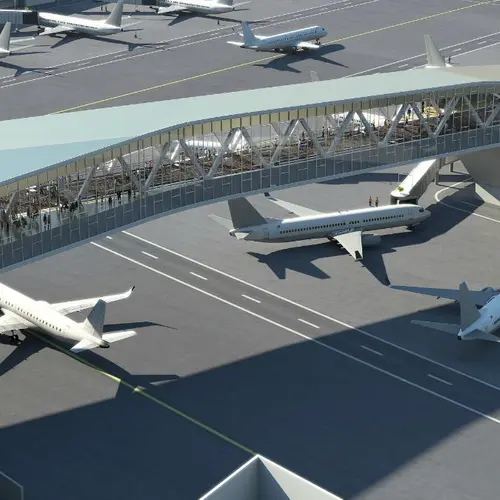
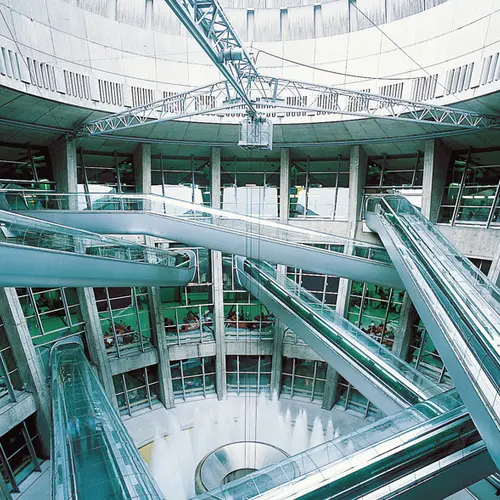
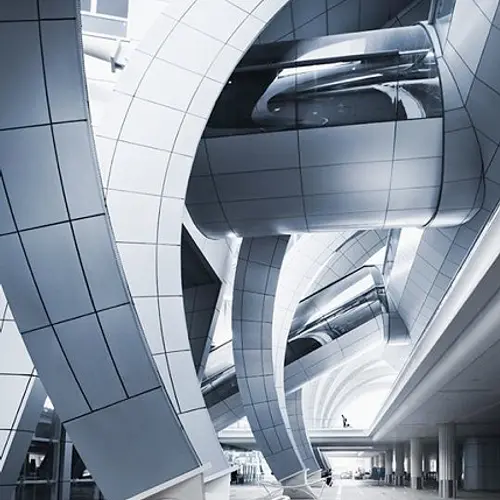
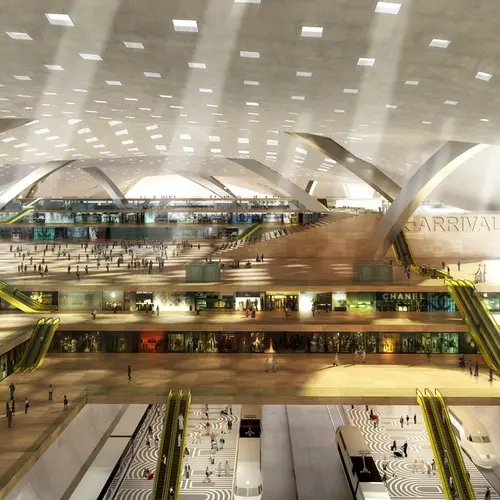
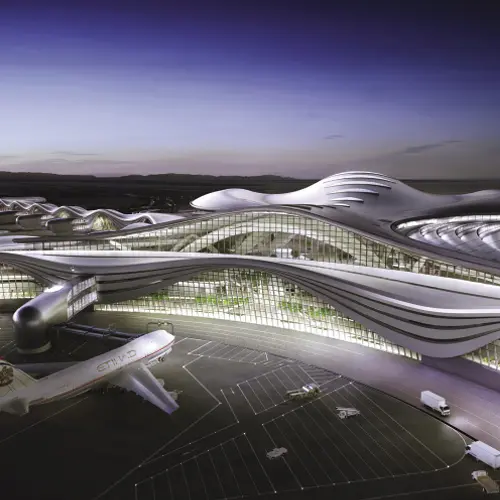
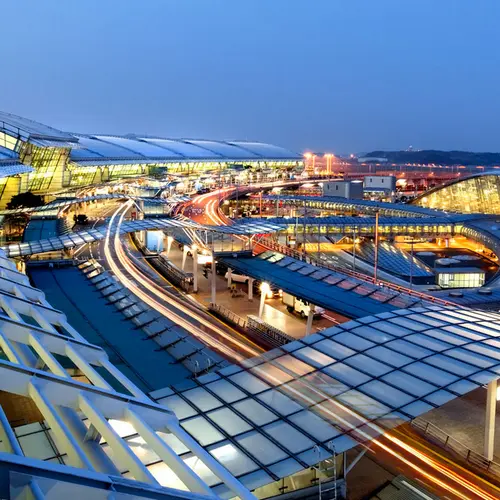
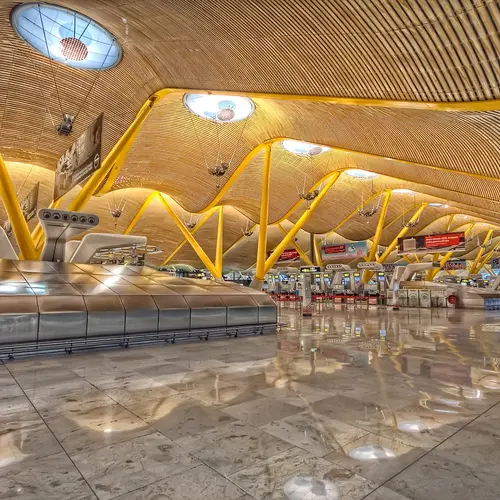
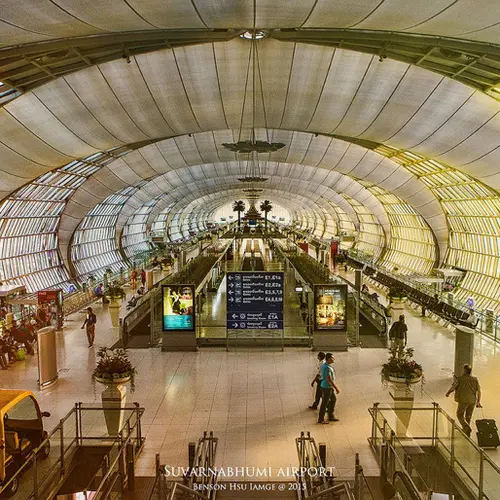
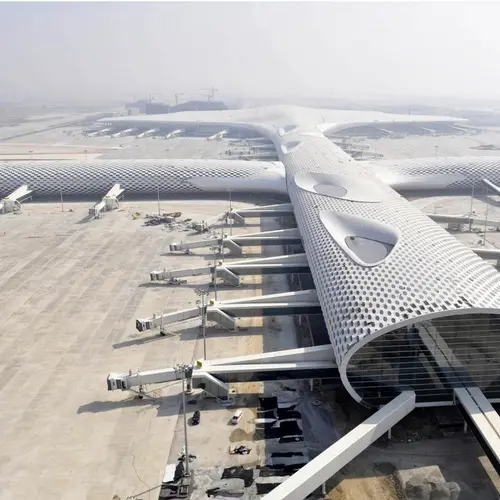
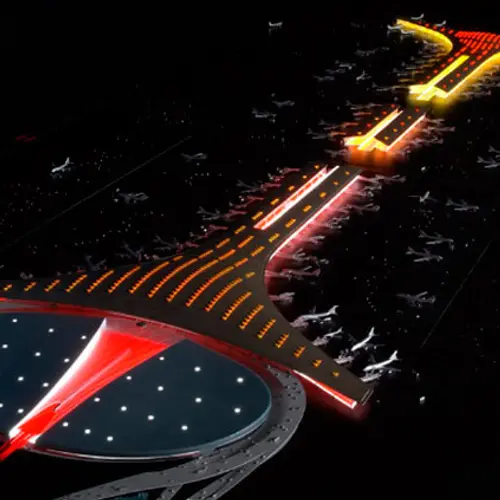
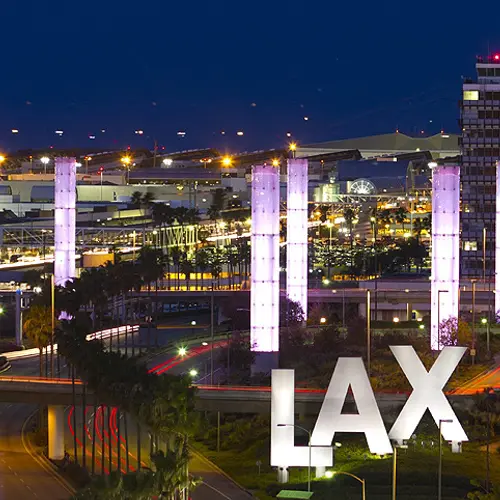












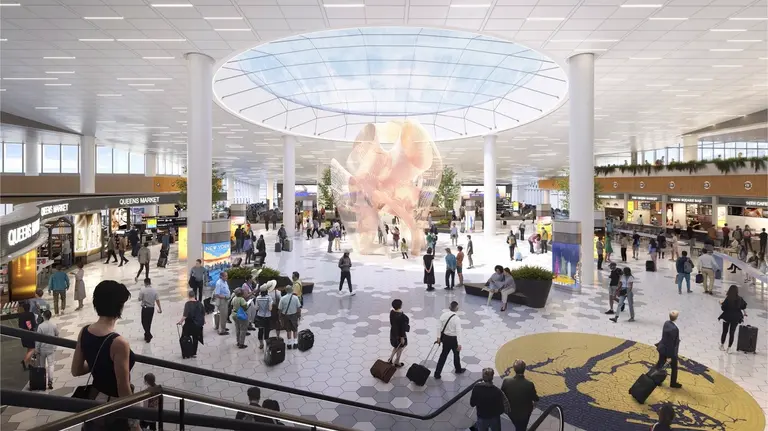


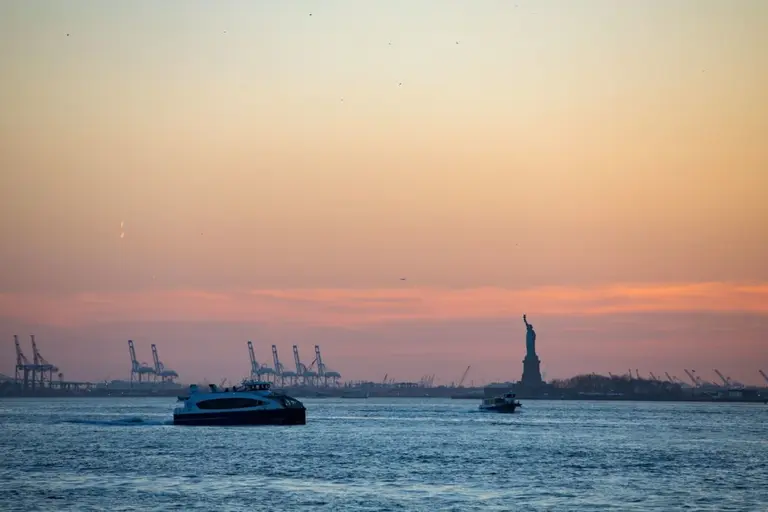

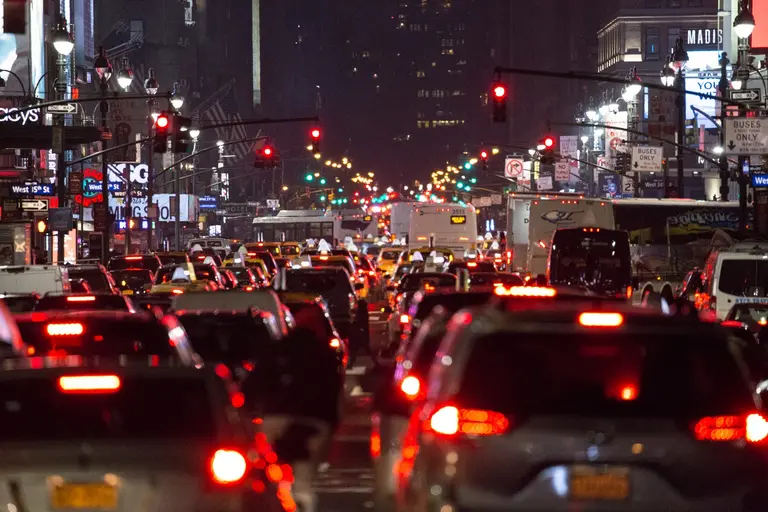











Design by committee. Always works.
Wait…so Queens deserves better a designed airport, but mass transit from the airport should bypass all of Queens and go “non-stop” into Midtown. #NoThanks